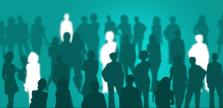About the test
Newborn Hearing Screening is offered to all babies in New Zealand. A small number of babies are born each year with hearing loss. Finding this early is important for their language development. This brief video shows the screening test and equipment used.
The Universal Newborn Hearing Screening and Early Intervention Programme (UNHSEIP) uses a two stage aABR screening test to screen for hearing loss.
Automated Auditory Brainstem Response (aABR)
-
Small electrode sensors are placed on the baby’s forehead, below and above the baby’s ear: and an ear cushion is placed over one ear at a time, with a chirp stimulus (clicking sound) being used.
-
The sensors placed on your baby's head pick up the response from your baby's hearing nerve.
-
This test measures both whether the ear is responding to sounds, and whether the brain is responding to that sound.
-
A computer measures the response
-
If there is not a clear result from the first screen, a second screen is offered.
Risks factors
Sometimes it is recommended that a baby has their hearing tested again when they are a little older, even though their screening result was a 'pass'. This is because there are some types of hearing loss which develop over time.
There are some factors that indicate a baby may be more at risk of developing hearing loss in later childhood. These include:
- if you had certain infections during your pregnancy
- babies born with certain congenital or inherited conditions
- if your baby has had some types of infections
- if your baby needed certain medications or treatments in their first few days
- if your baby is born with some congenital and inherited conditions
- if your baby has had treatment in neonatal care/special baby care for certain conditions.
If this is the case, your baby will be referred onto audiology for follow up.


